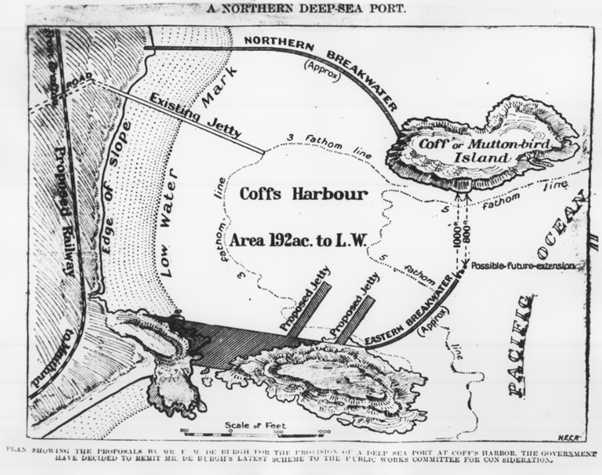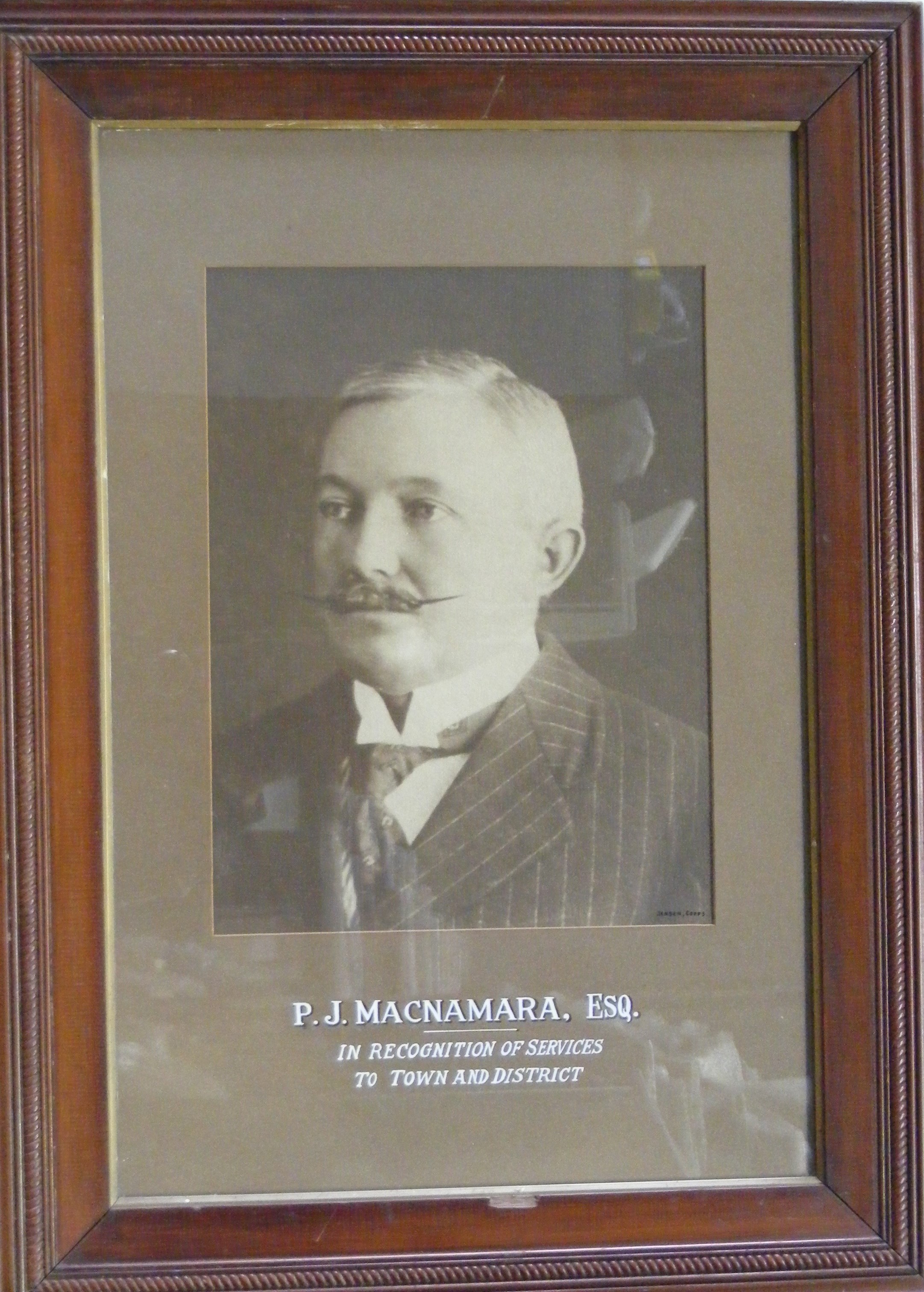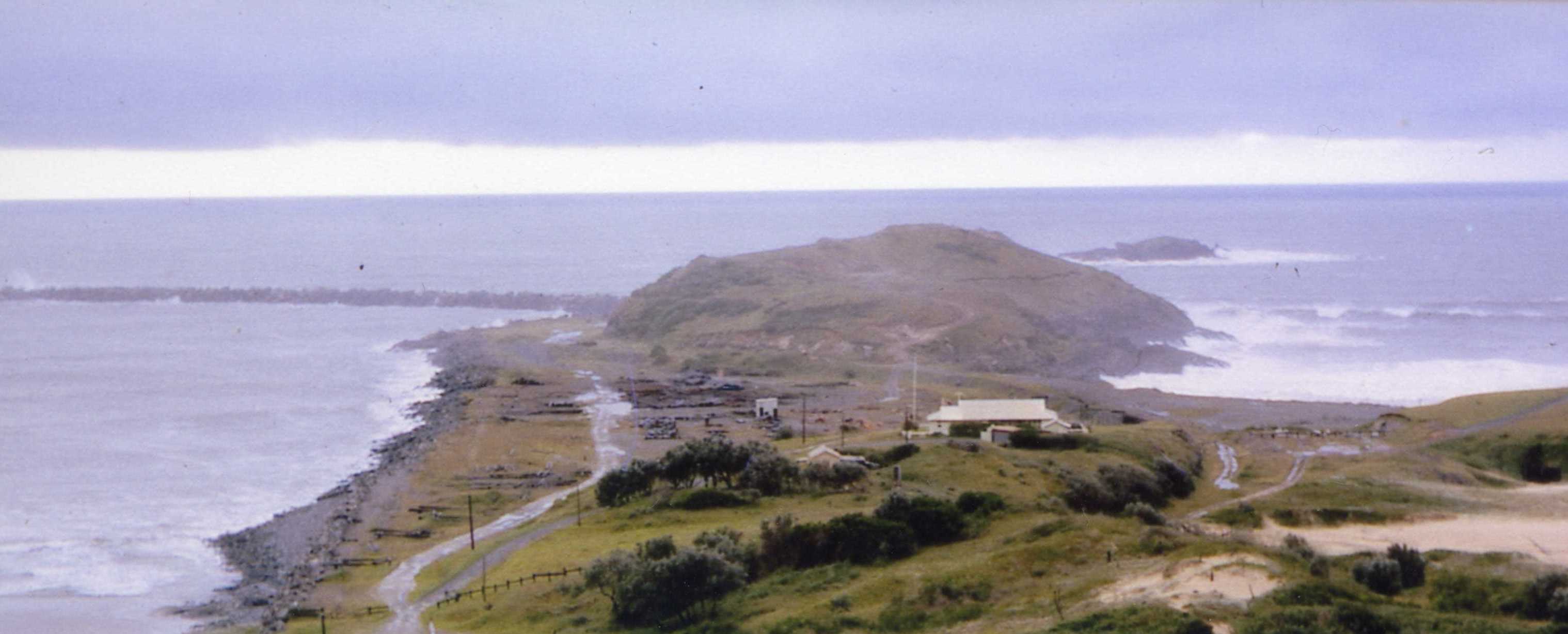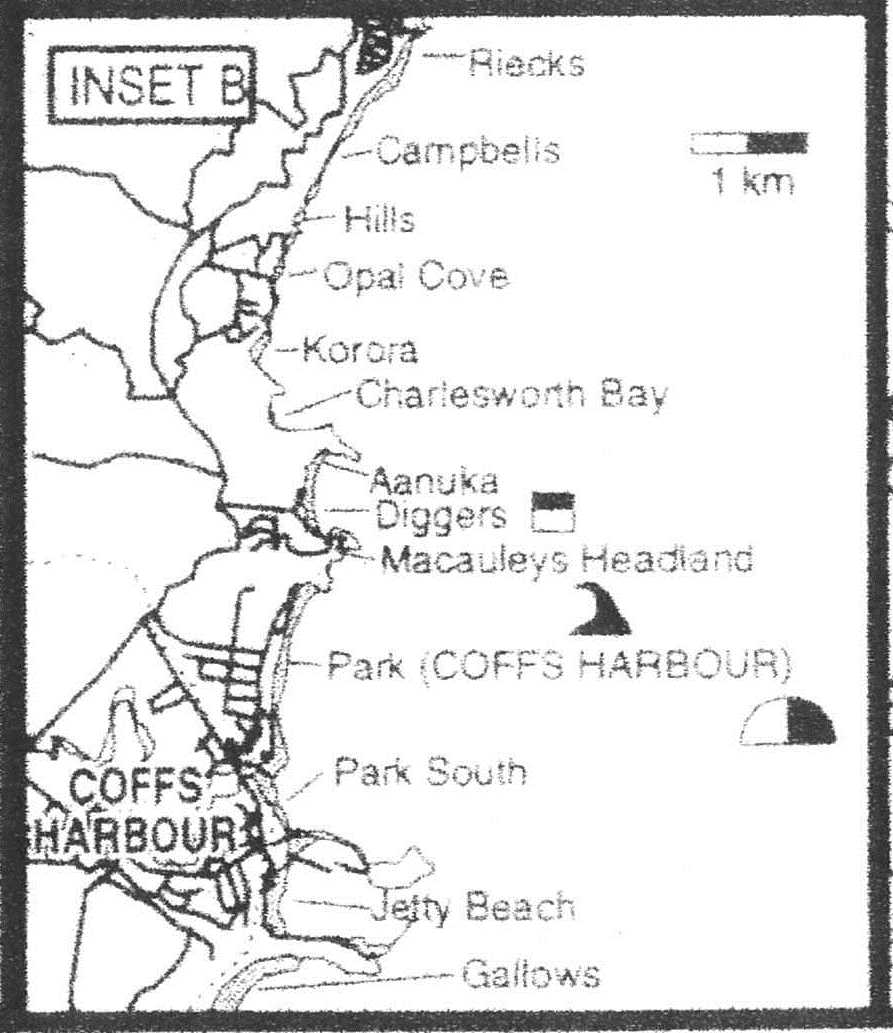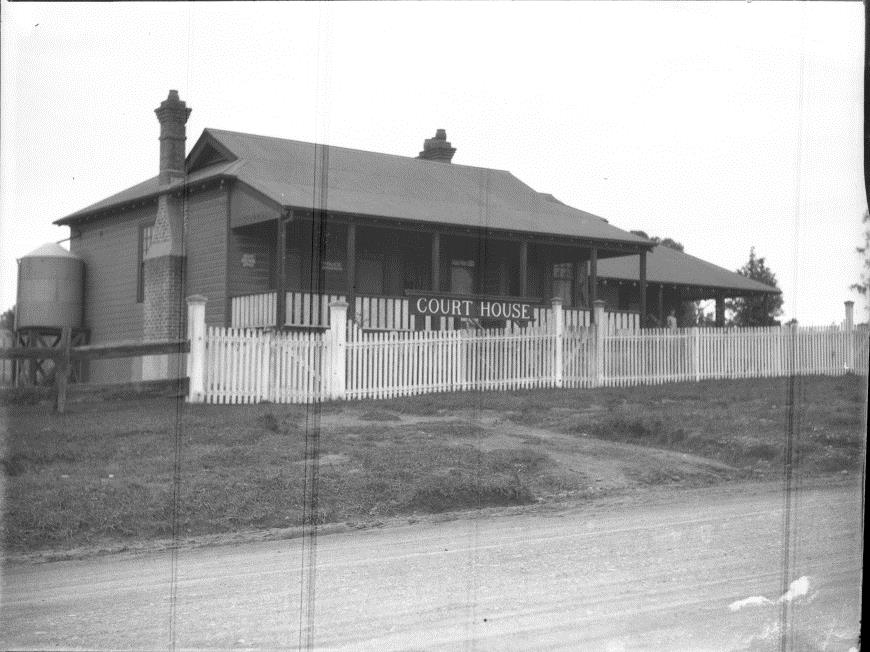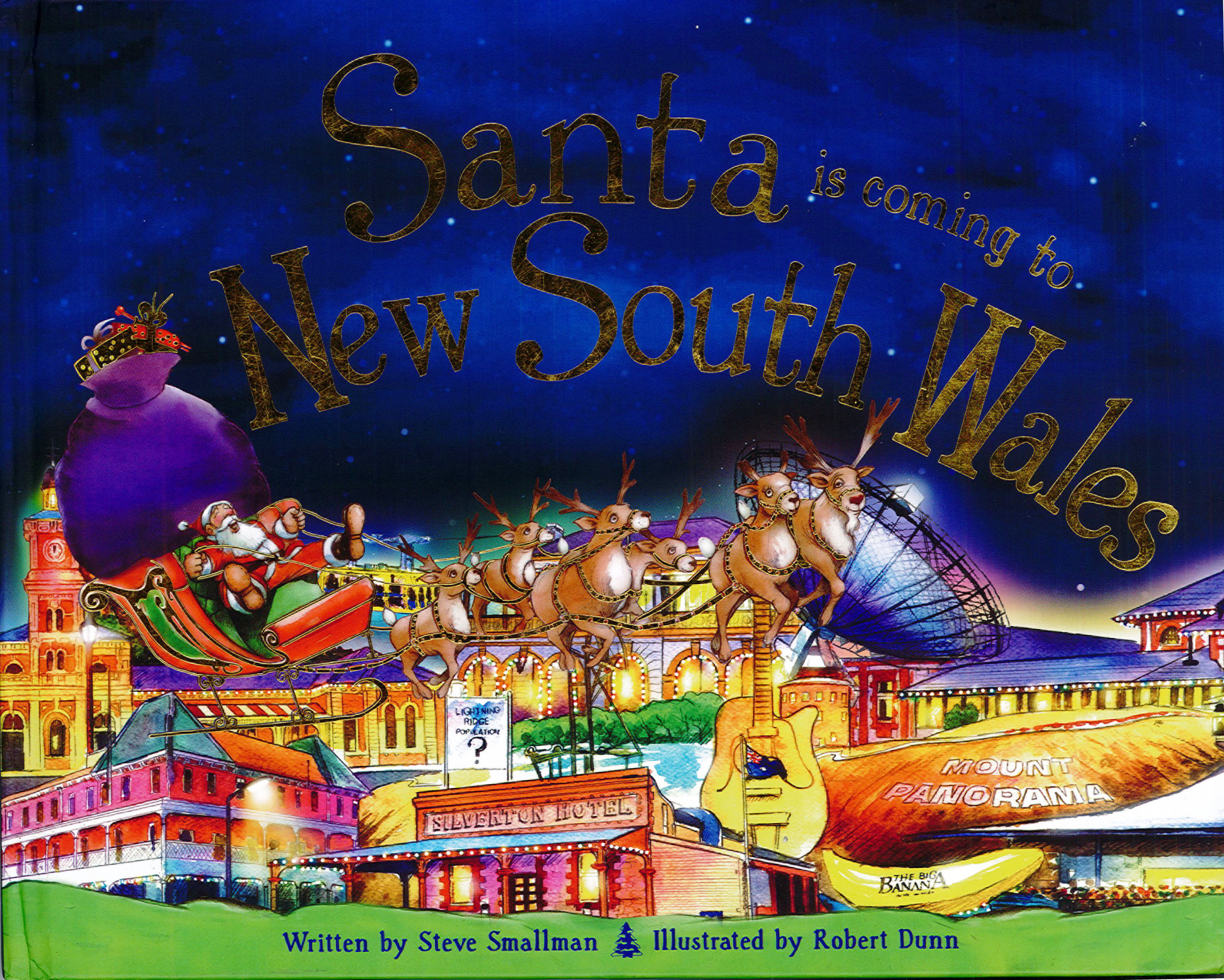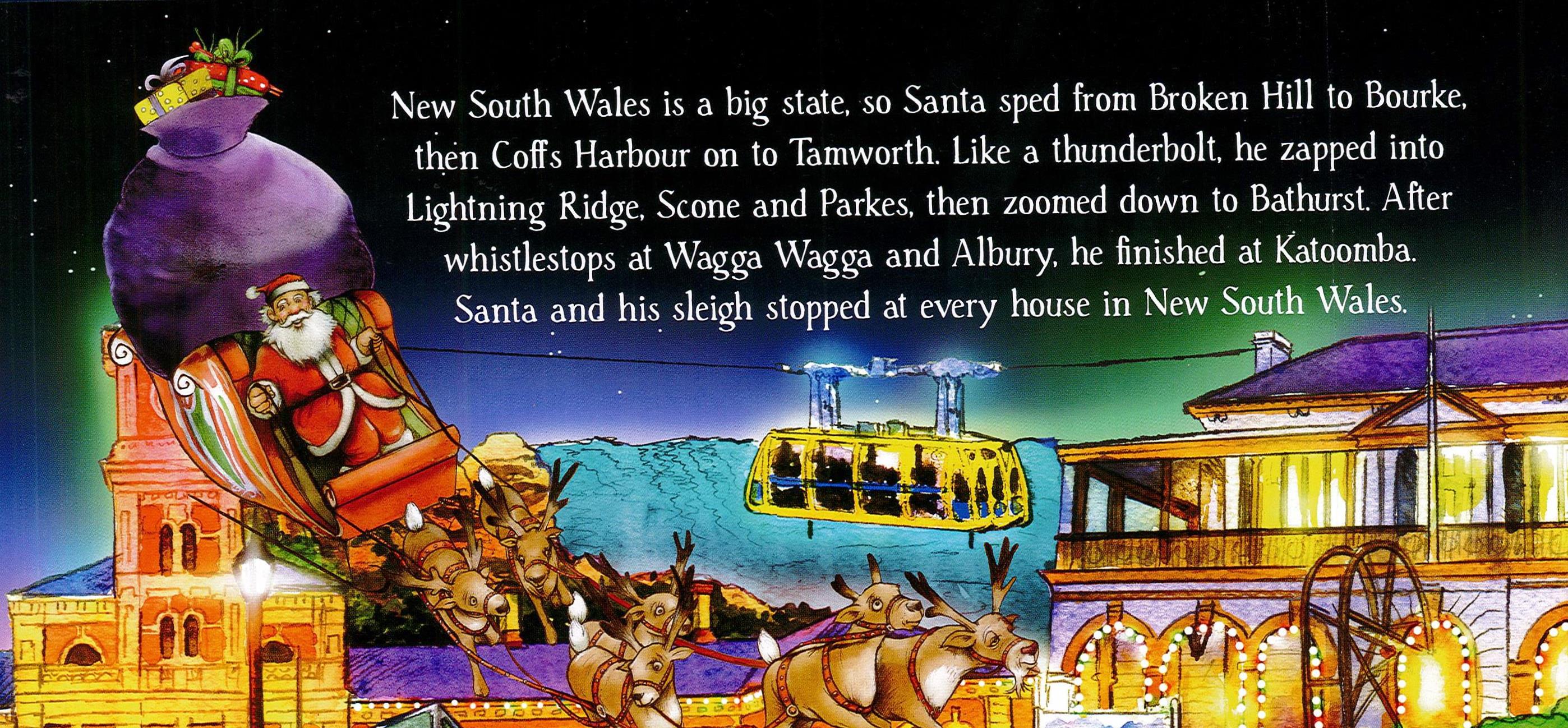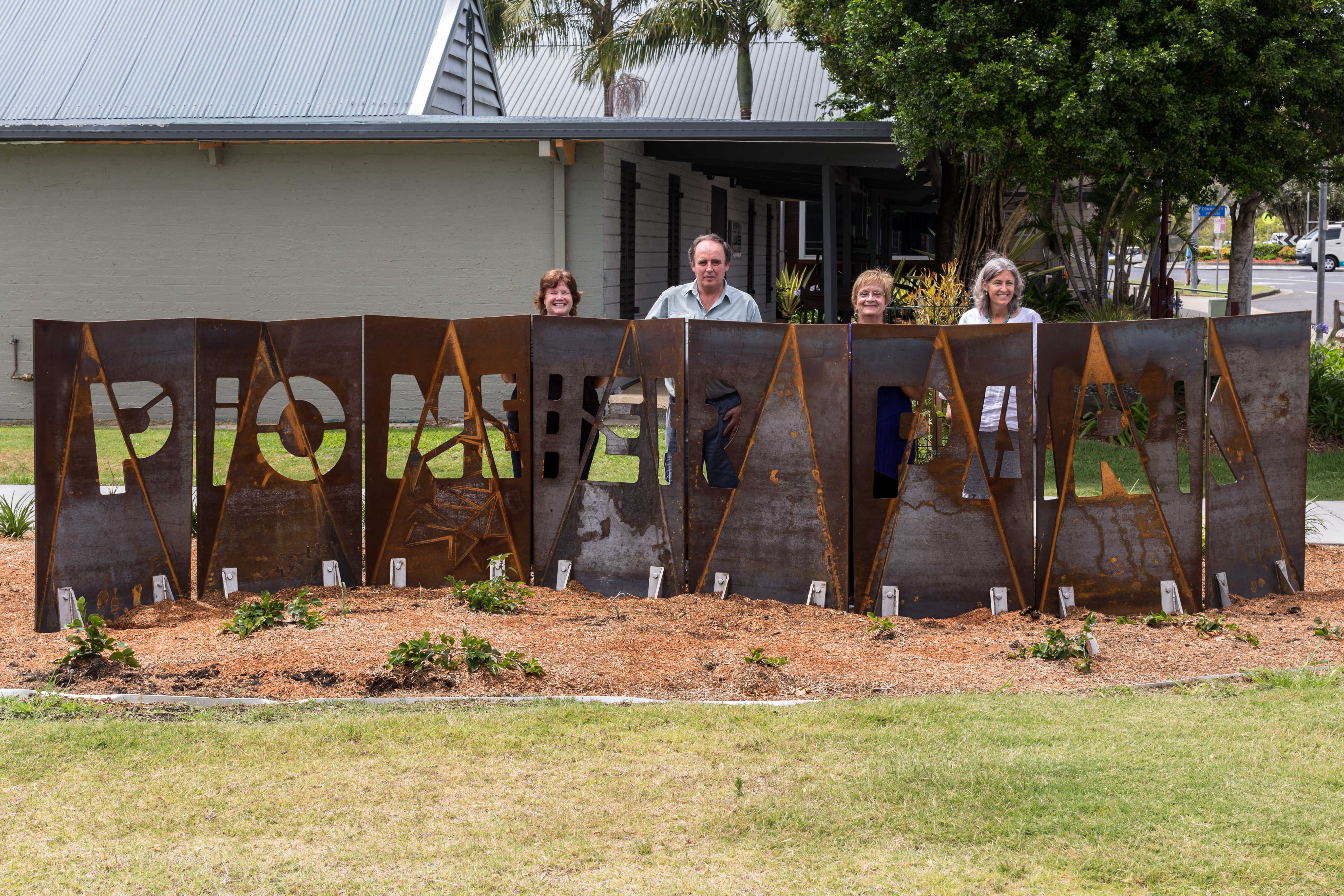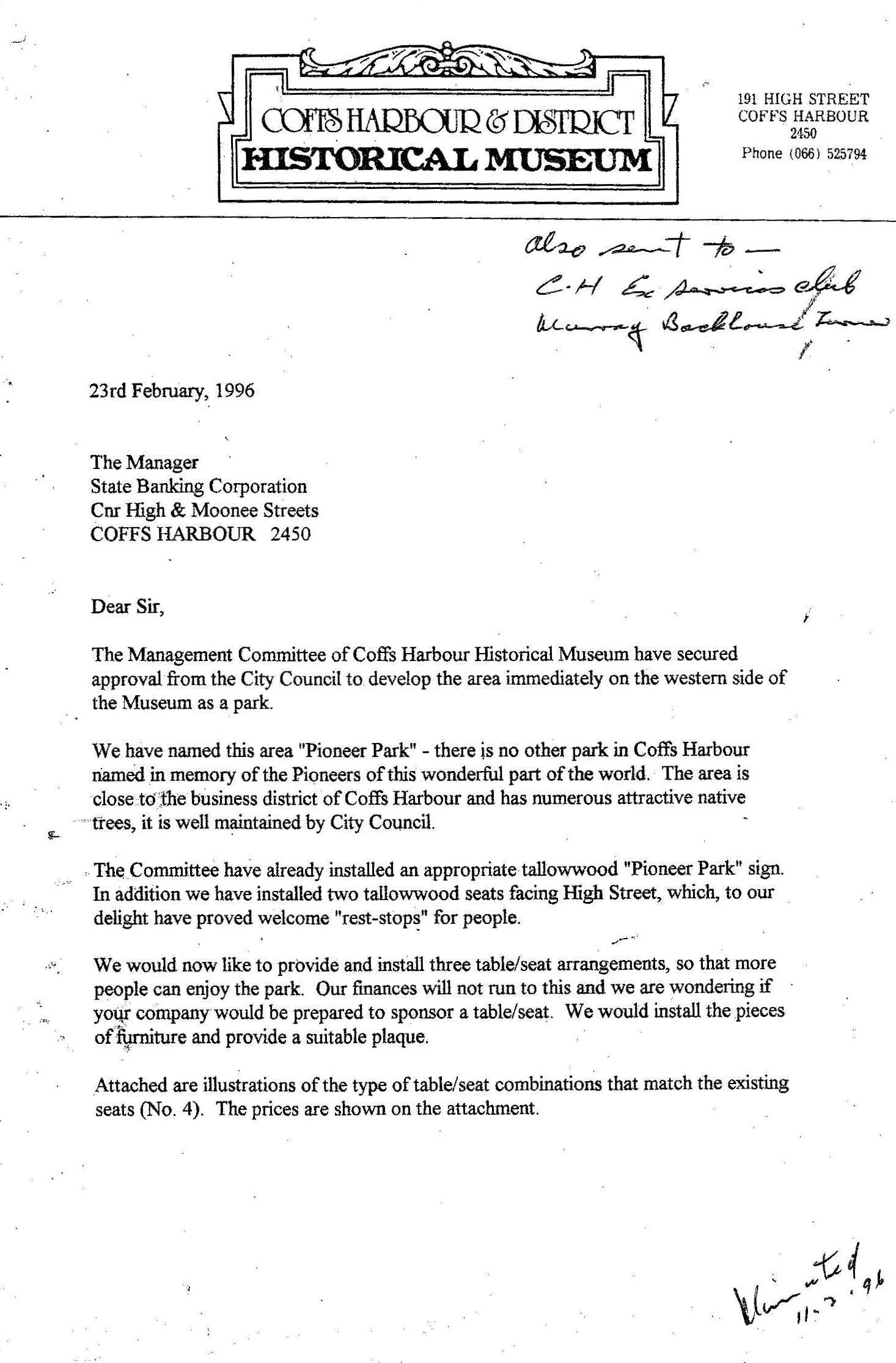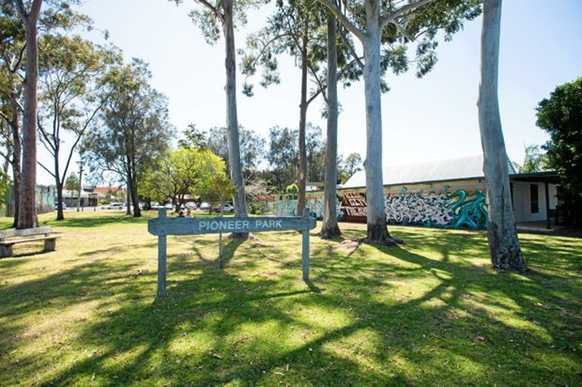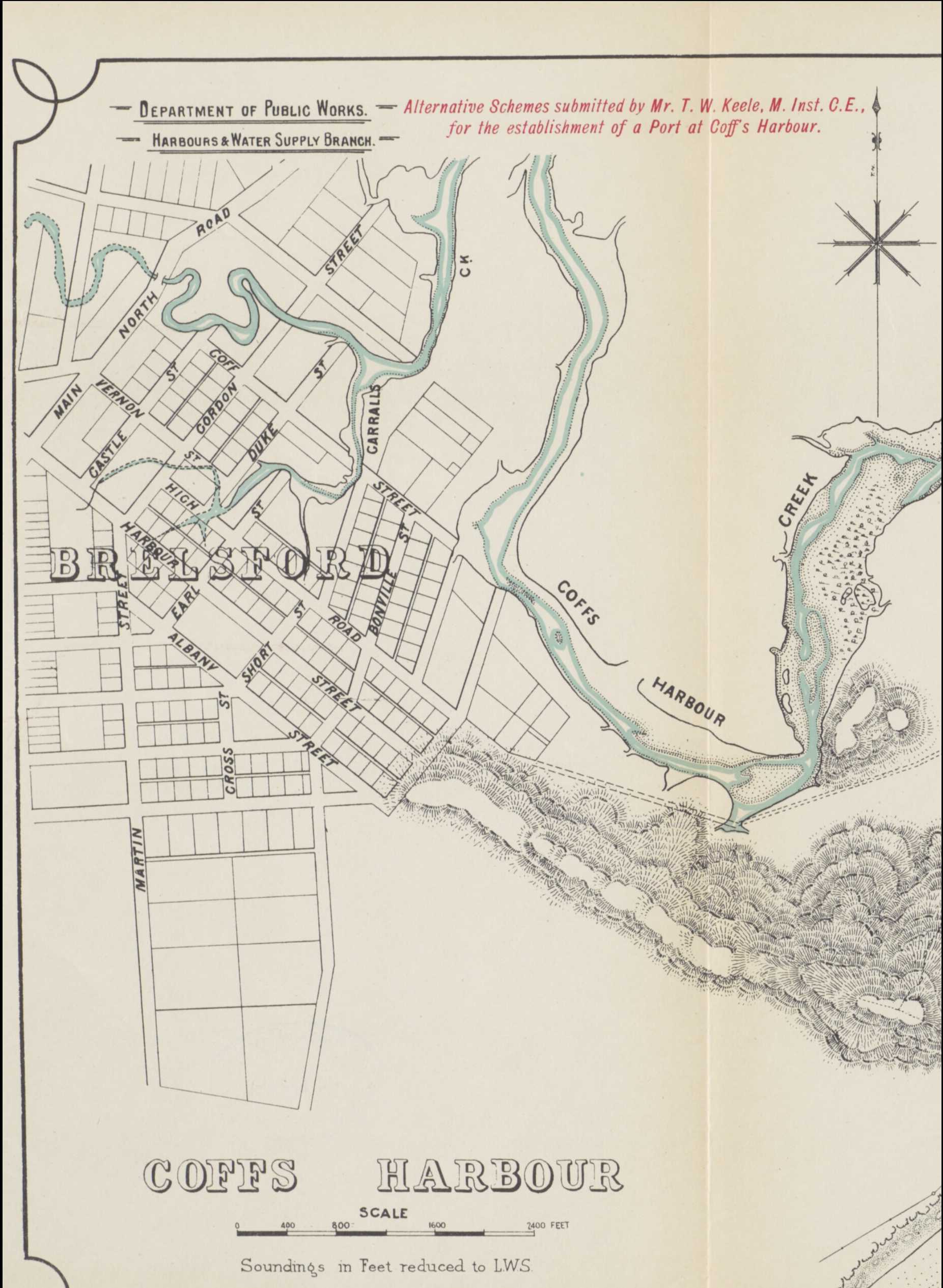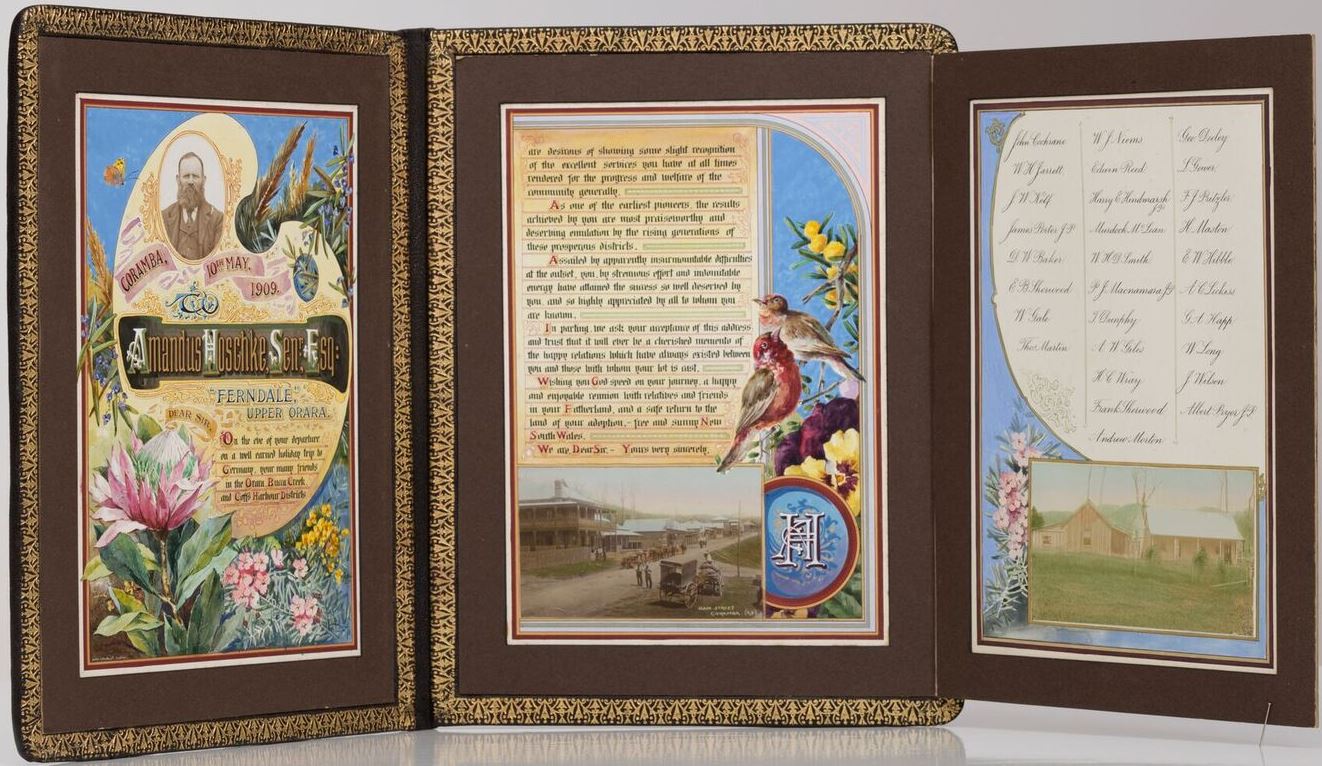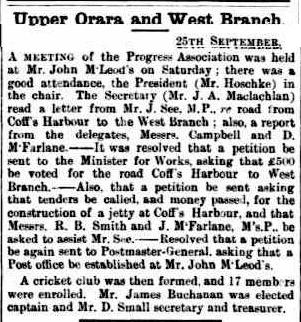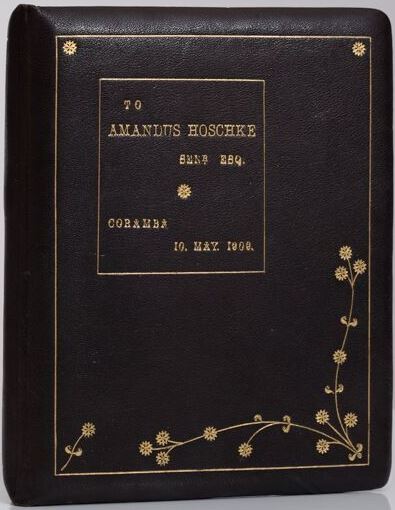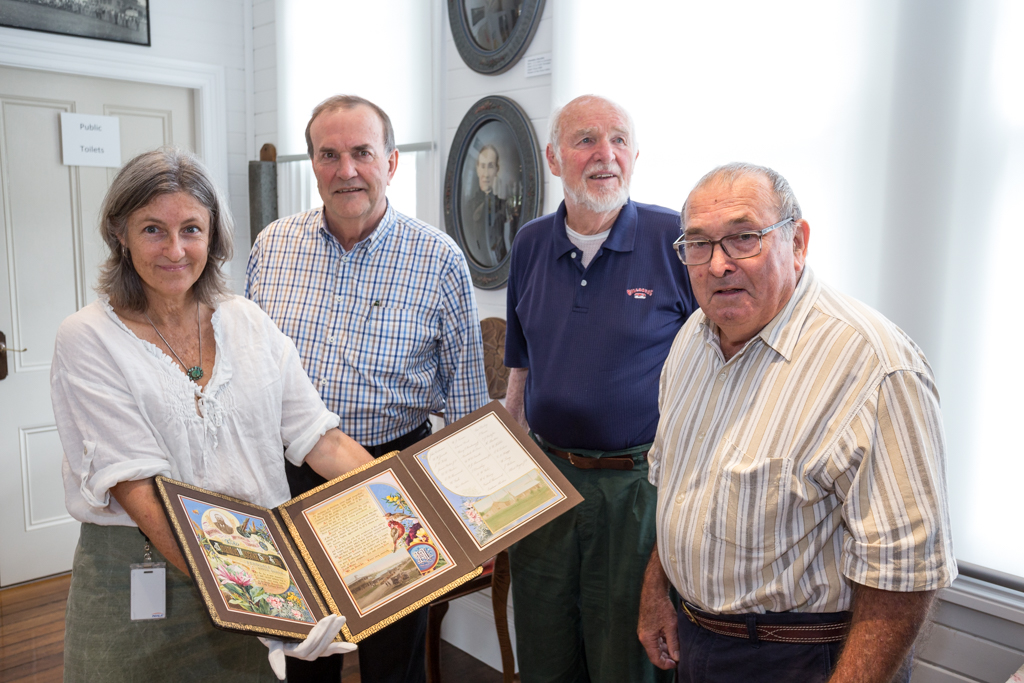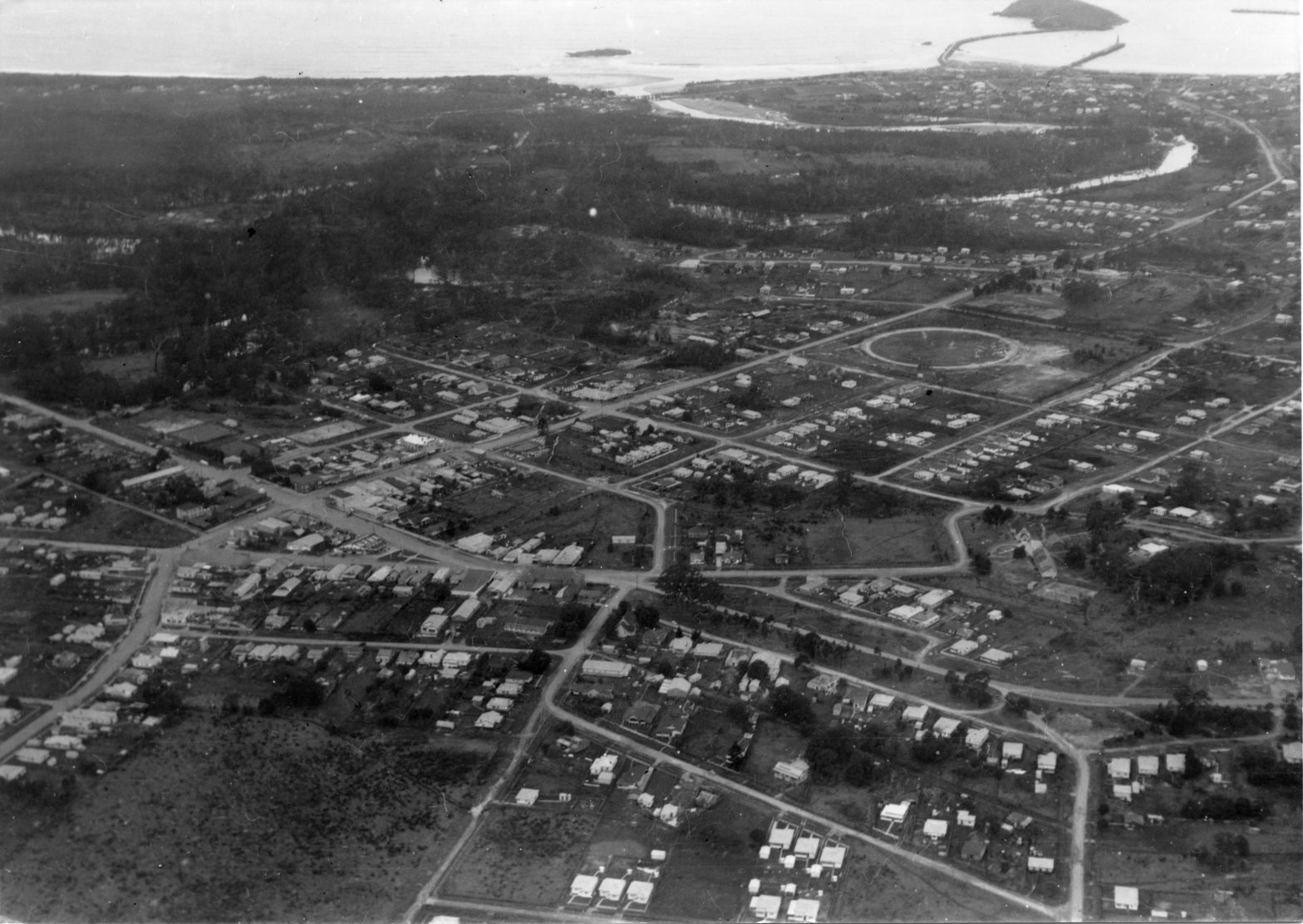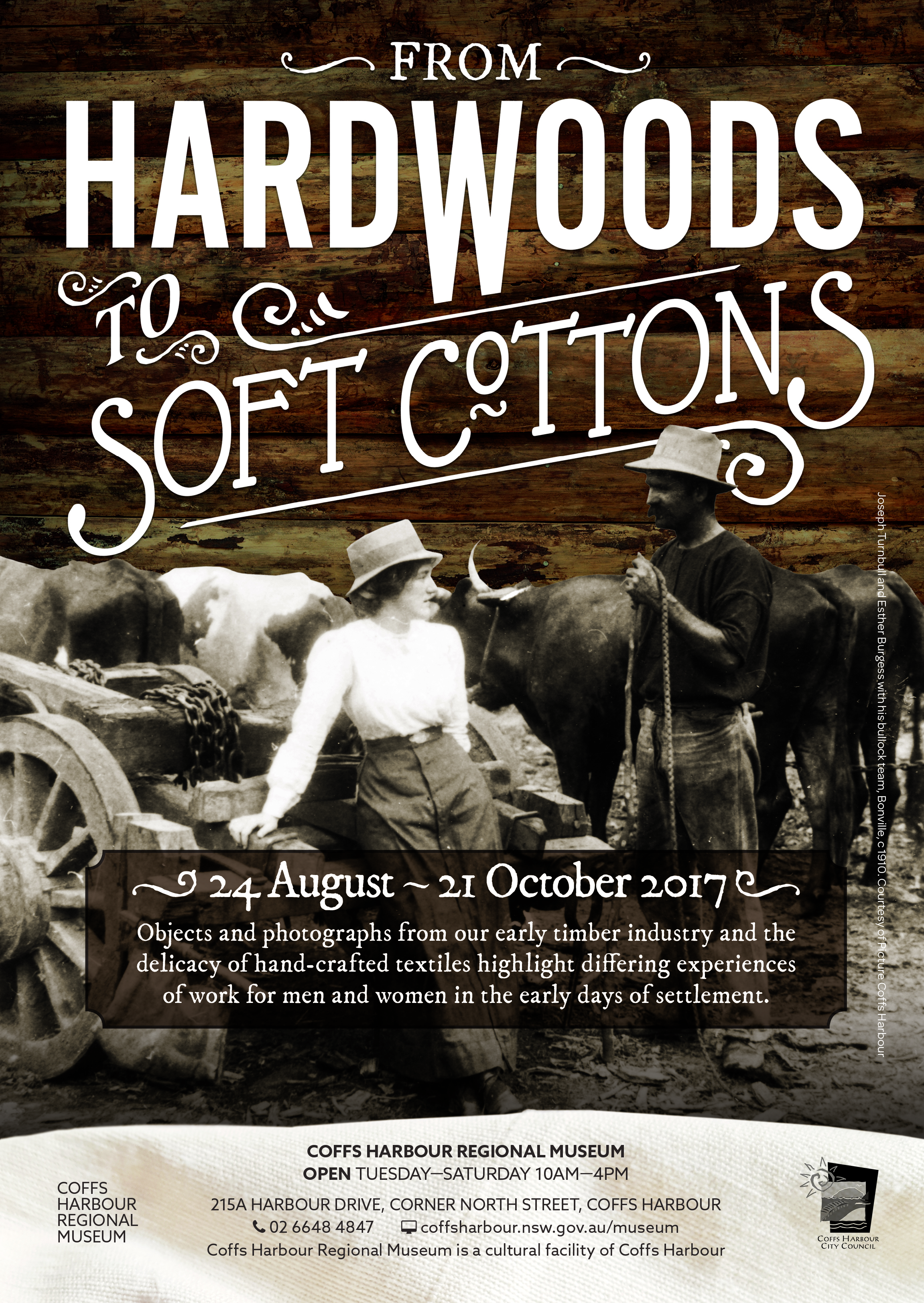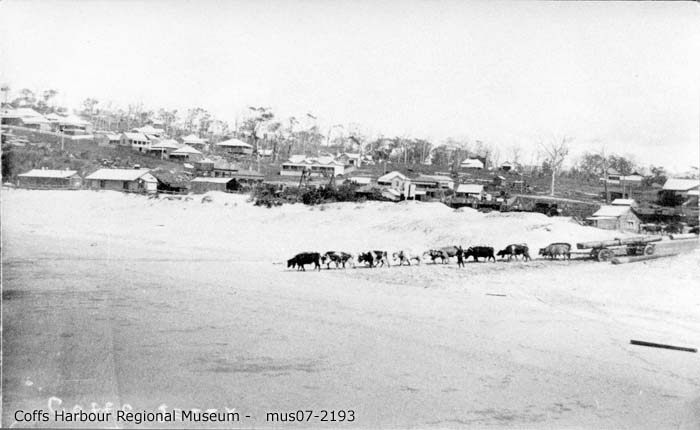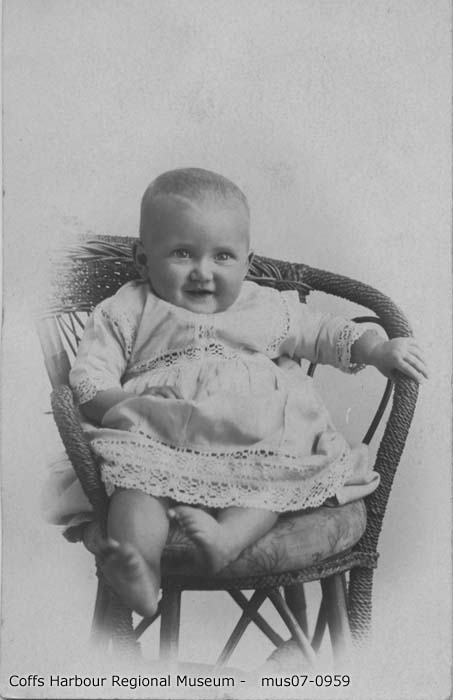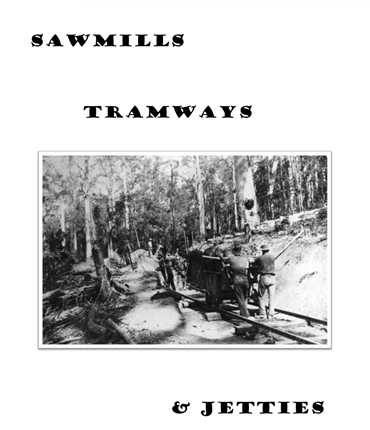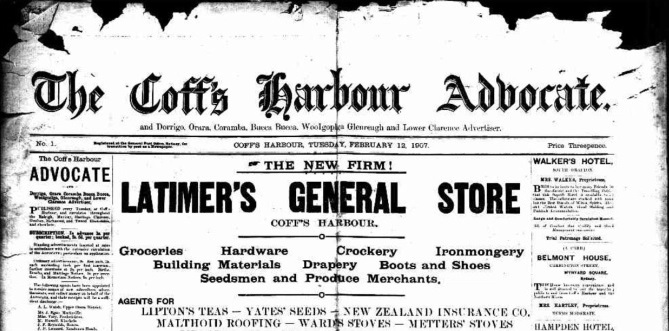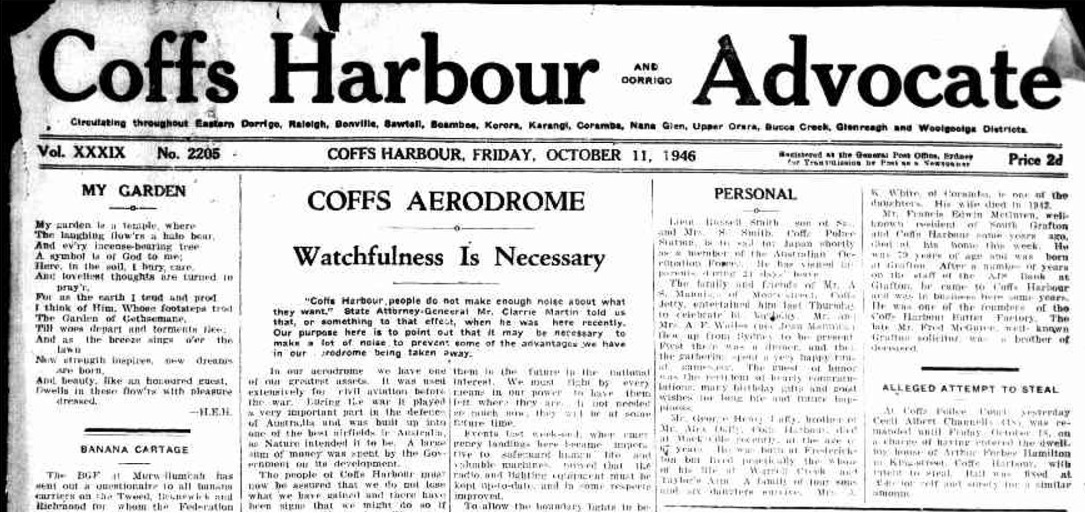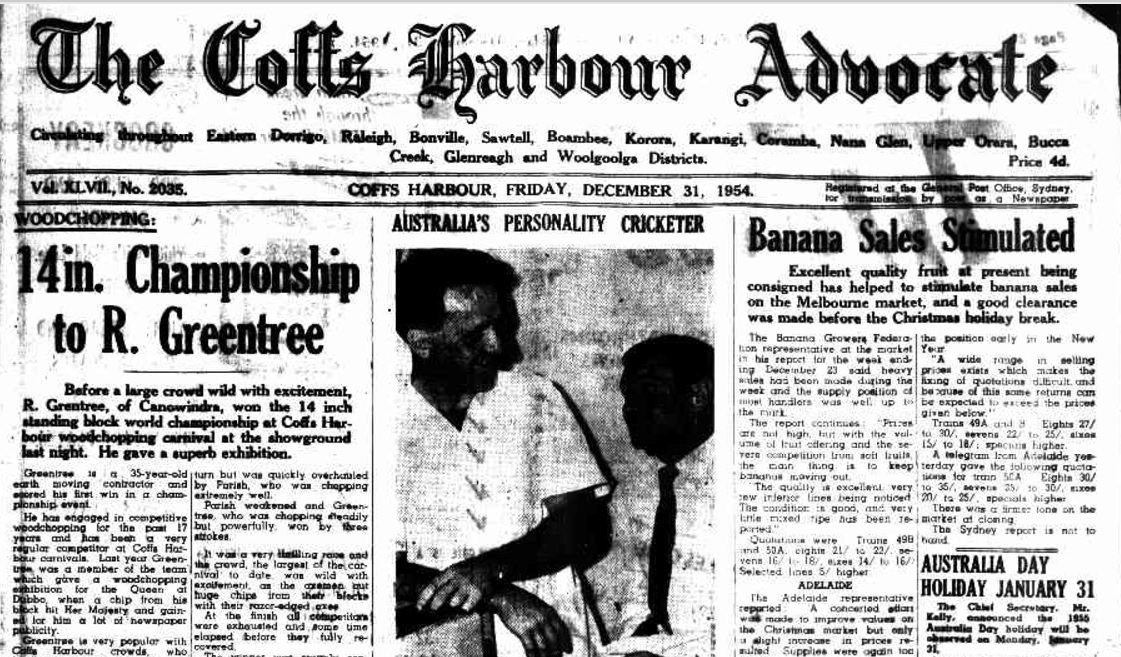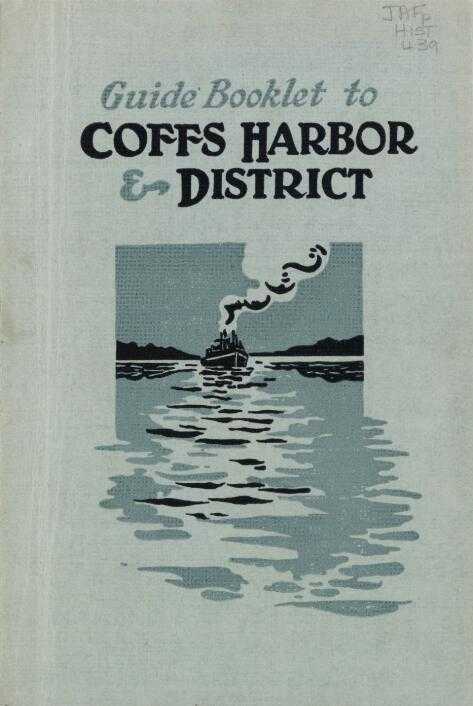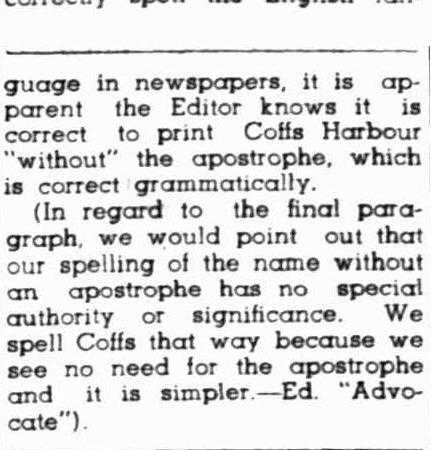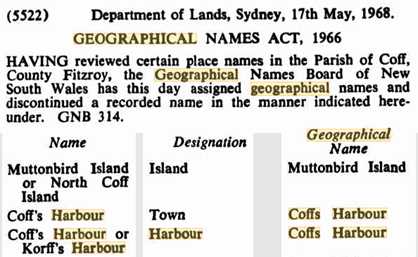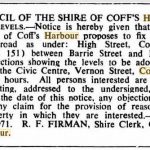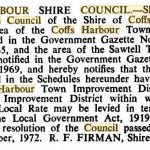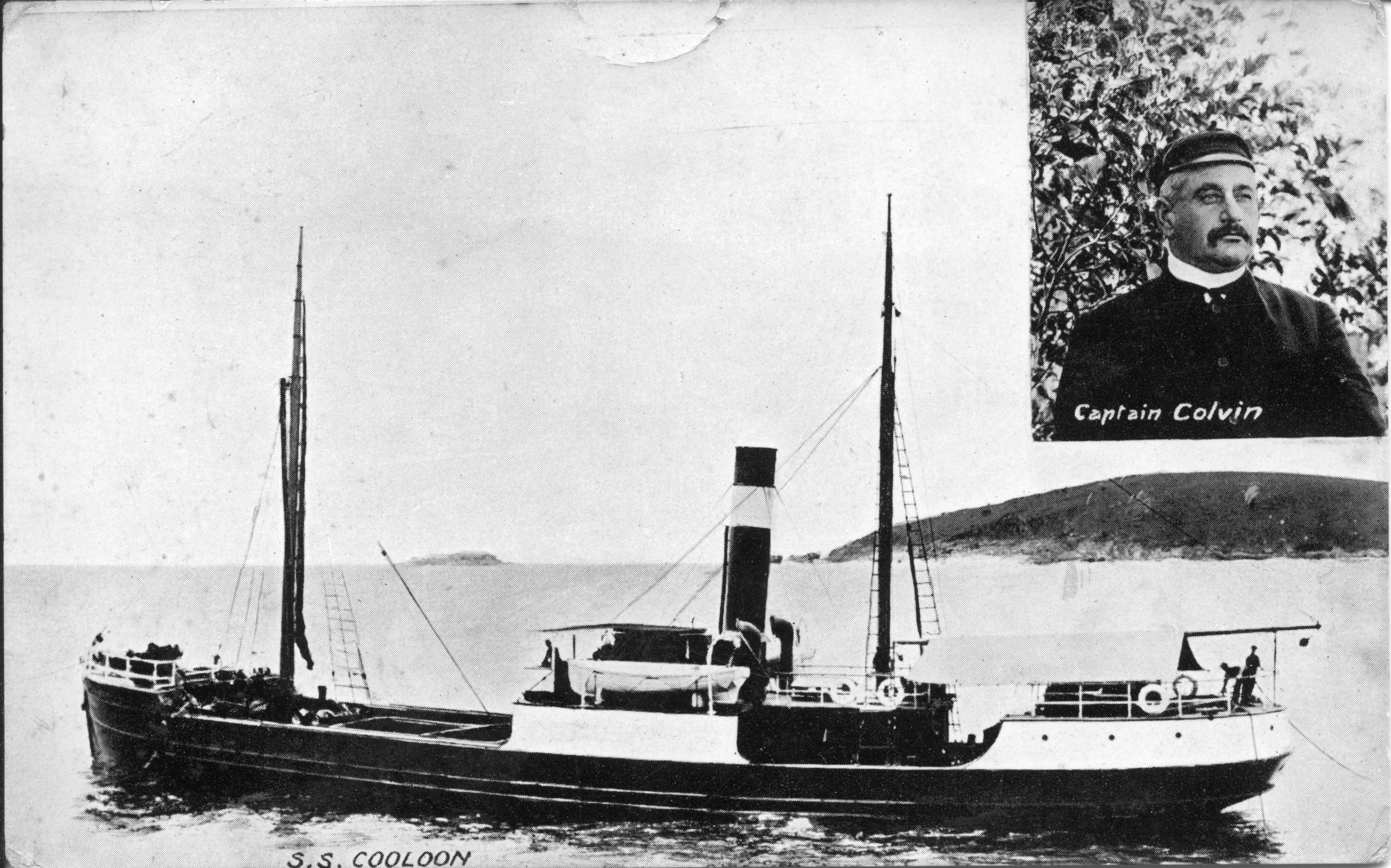
This story was told by the first of his grandchildren William James Colvin (1924) and compiled by him with assistance from Cathy Colvin, youngest granddaughter.
Born in Sunderland*, UK in 1867, James Colvin was apprenticed to the Union Castle Line as a ship’s officer. He joined “Roslyn Castle” and journeyed to Sydney via Cape Horn arriving in July 1883. Enjoying the sunny winter weather, he decided to jump ship and make his home here and join in the gold rush.
James, 16 years, walked miles to the diggings at Queanbeyan, outside Canberra. He spent the next four or five years at gold digging in New South Wales and Queensland. He gambled the money he made on horse racing.
Returning to sea he received his First Mate’s Certificate. He obtained a job with the North Coast Company as a Mate on a small ship which crossed the bar at Lismore. During the loading an altercation occurred between himself and Allen Taylor, resulting in his leaving the company.
He went to work for the Nicoll Steamship Company. He gained his Master’s Certificate and Mr Nicoll gave him a job commanding his ships.
After a collision between the ships of this company, James went to work for Langley Brothers as Captain of the S.S. Cooloon. Once this ship went through a very bad storm for two days and when it came through, the family was very excited as they expected not to see him again. This earned him the title ´Jimmy Cooloon’. * to be confirmed
His first wife
Captain Colvin married Lucy Goff in St Philips’ Church, Sydney in 1892. They had six children.
In 1908 his wife, Lucy, died and James had to face the task of who would raise his children while he was at sea. The Walsh family cared for them on their dairy property. In return, James Colvin gave one of the sons, Fred Walsh, the deeds to crown land on the far north coast of New South Wales near the Queensland border. This parcel of land was built up and called Kingscliff.
On 24 March 1908 Captain Colvin opened a Cordial Factory at the eastern end of Ocean Street (now Harbour Drive). In 1911 he sold this business and in this year Langley Brothers had a steel ship, the Fitzroy, built in Scotland to replace the wooden one they had here.
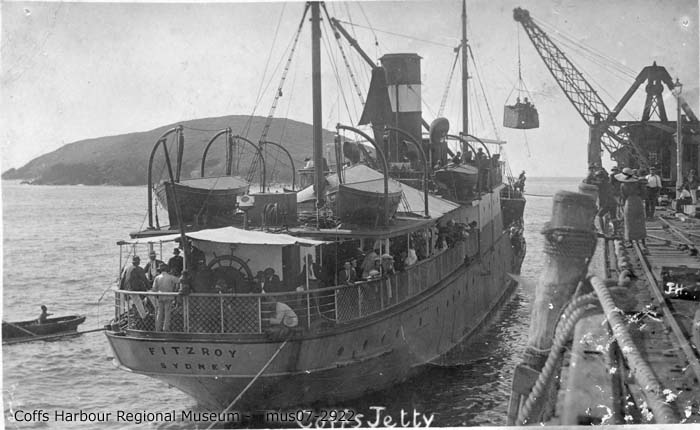
Langley Brothers wharf where the Fitzroy docked was first on the left after passing through Pyrmont Bridge. The cargo was hauled up Market Street to George Street by horse and cart where Markets were.
Captain Colvin was a generous and compassionate man rescuing two female passengers, and on another occasion he saved another from drowning at Darling Harbour for which he was awarded at a reception at Sydney Town Hall. On another occasion he dived in to free a tangled chain around the propeller. Captain Colvin, taking over from the cook, was cutting at the time the chain was cut. The chain wrapped around his foot and he was dragged to the bottom. At the bottom, the chain broke and he floated to the top unconscious. He revived and in a short space of time he was back in control.
A second wife
In 1914 Captain Colvin married Frances May Cox (known as May), the great-great-granddaughter of William Cox, the retired paymaster of the 1st Military Corps who was overseeing the building of the Blue Mountains in 1813. They had three children.
In 1919 James bought a small farm on the outskirts of Coffs Harbour at Upper Corindi. On approaching Coffs Harbour in the Fitzroy, he would blow the horn on the ship which was heard at his home. His son, Alfred, would saddle up the horse and gig and by the time they travelled six miles to the wharf, the ship was in.
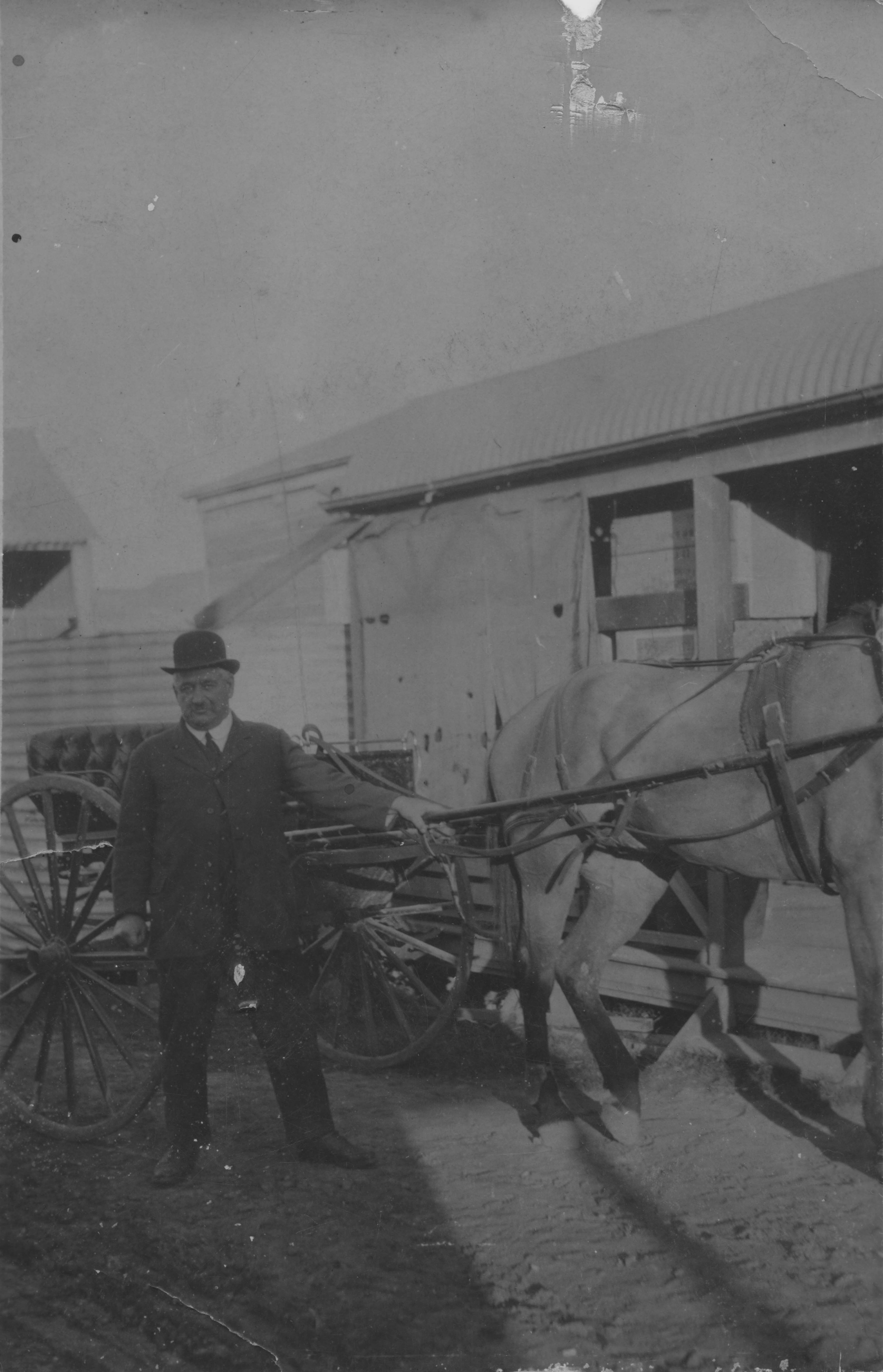
The sinking of the Fitzroy
On 25 June 1921, just after his daughter Mary was born, Captain Colvin was travelling to Sydney from Coffs Harbour when he noticed a big storm brewing. During the night when he was just off Cape Hawke the storm got worse and a southerly had washed cattle off the deck of the ship and the logs were rolling to the port side of the ship. Captain Colvin with A B Johnannsen were able to move some of the logs overboard. About 6.30 next morning the ship was listing towards the sea and water was going down the funnel putting out the fires.
The engineer announced that the situation was hopeless and the order to abandon ship was given and two boats got away. There were 35 souls on board, 31 of whom drowned. Johnannsen told James that it was time to go as the two had a big occasion coming up. It was acceptance into the Masonic Lodge the following week.
Captain Colvin went to his cabin, put on his cap and went up to the bridge and bravely went down with his ship.
Johnannsen jumped overboard, swam away then returned to retrieve something. He then swam a total of 13 miles (20.92 kms) to shore landing at Tuncurry. Exhausted, he was washed ashore by a wave. He rolled up the beach, dug a hole, covered himself with sand and lay there for four to six hours. He was rescued and nursed back to health.
Meanwhile a lifeboat with four people reached the shore. One man died soon after. The bodies of Roy Daley and George Karlsen were washed ashore. The four survivors were Olaf Johnannsen, Carl Jensen and Peter Hansen and a passenger by the name of Herbert Ramsey. The ship still lies a few miles off Cape Hawke in deep water. Mr Langley did not live long after the disaster and the company folded.
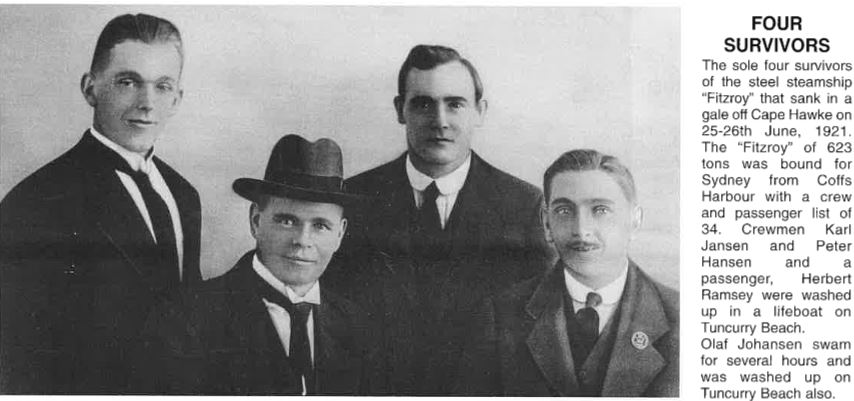
The Marine Court of Enquiry
The finding of this enquiry was that everything possible was done to preserve the ship and the lives of the passengers and that there was no evidence of misconduct or error of judgment on the part of the captain or officers.
His Family
Alice May* Cox was a nursing sister at Coffs Harbour when they married and when he drowned, she had three small children and a debt on the farm. She started a Midwifery Hospital in a rented cottage in Coffs Harbour. Some years later she got out of the maternity hospital and the general hospital absorbed that section and went back to the farm where she lived until after the Second World War, eventually buying a house in Woolgoolga next to Valley Gilmore (her son-in-law). She remained there until her death. Her children were Dorothy born 1916, Archibald born December 1917 and Mary born 1921.
References
Coffs Harbour Regional Museum research file mus13-489
Further reading
WRECKED ON THE NORTH COAST (1921, June 27). The Sun (Sydney, NSW : 1910 – 1954), p. 1 (FINAL SPORTING), http://nla.gov.au/nla.news-article221463785
CAPTAIN COLVIN. (1921, June 28). The Daily Telegraph (Sydney, NSW : 1883 – 1930), p. 5., http://nla.gov.au/nla.news-article239742030
LOSS OF THE FITZROY (1921, June 28). The Sydney Morning Herald (NSW : 1842 – 1954), p. 7., http://nla.gov.au/nla.news-article15960238
*given as Frances May in news articles of the day.
Acknowledgement
This blog post was compiled by Coffs Harbour Regional Museum volunteer Marie Davey.

